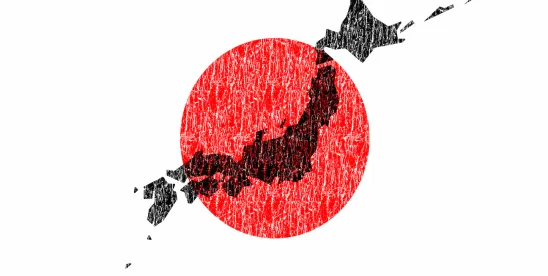According to a recent KPMG report, the global M&A landscape in 2024 signals a rebound despite challenges like geopolitical tensions, high interest rates, and persistent inflation for much of the year. The dealmaking environment gained momentum in part due to inflation and interest rate pressures starting to ease towards the end of the year, the return of major lenders to acquisition finance markets, and technology advancements, particularly artificial intelligence (AI).
Although 2024 marked a turnaround for global M&A markets, performance was mixed. The KPMG report states that while deal volumes declined by approximately 17%, the total deal value rose, driven by 89 megadeals totaling an impressive $1.034 trillion. However, smaller deals (valued under $500 million) experienced a dip in both value and volume.
Private equity (PE) firms faced hurdles in closing new funds, reflecting challenges in the broader dealmaking environment. However, last September, a pivotal moment arrived when the US Federal Reserve initiated a rate cut. This infused a cautious optimism into the market.
Stable interest rates, cooling inflation, and abundant dry powder sparked a renewed interest in PE markets. Valuation gaps started to narrow, and lenders, both traditional and private credit funds, started offering more favorable financing terms.
Spotlight on Japan
While the Americas attracted around half of the total deal value in 2024, the biggest gains were seen in Japan. Last year was a busy year for Japan-related mergers, thanks in part to private equity funds snapping up businesses being shed by companies that have become increasingly focused on capital efficiency.
According to a JP Morgan report, after three decades of deflation and stagnant growth, recent government and market reforms designed to improve corporate governance and capital management have encouraged corporates to embrace a more transparent, pro-growth agenda. This has led to a wave of dealmaking in Japan.
The volume of mergers and acquisitions linked to Japan was up around 20% in the first half of the year compared to 2023 and was followed by a strong performance in the second half of 2024. Japan-related deals accounted for over 20% of Asia’s entire transaction volumes for 2023, the highest in four years, MARR data showed. Much of this has been driven by increases in shareholder activism and PE activity.
Japan’s recent reforms and renewed focus on growth create opportunities for US companies to expand in a potentially undervalued but stable market, particularly when the yen is hovering at multi-decade lows.
Japan’s M&A activity towards the US is being influenced by economic conditions, currency, and the regulatory environment. While the weak yen makes overseas investments more expensive for Japanese acquirers, a strong US economy compared to Japan’s stagnant growth encourages Japanese companies to pursue acquisitions in the US as a growth strategy.
2025 Outlook: Optimism on the Horizon
Recent coverage in Bloomberg indicates that Japan’s dealmakers are expecting a busier 2025 after more than $230 billion in mergers and acquisitions last year. In 2024, the value of M&A deals that involved a Japanese company rose 44% to more than $230 billion, according to data compiled by Bloomberg. That’s the fastest growth since 2018 and compares with a 38% rise in M&A activity across the Asia-Pacific region.
Much of this increase was due to a jump in foreign PE firms looking for undervalued companies in Japan. According to Pitchbook, PE deals in Japan with foreign PE participation reached an all-time high in 2024, a pace that seems to be continuing. Bain Capital recently announced the acquisition of 300-year-old Tanabe Pharma for $3.4b, which was the largest PE deal ever announced in the Japanese healthcare sector.
While the forecast is positive, dealmaking activity remains susceptible to unexpected disruptions. That said, if current trends remain steady, 2025 could solidify itself as a year of robust growth in M&A markets.




 />i
/>i

